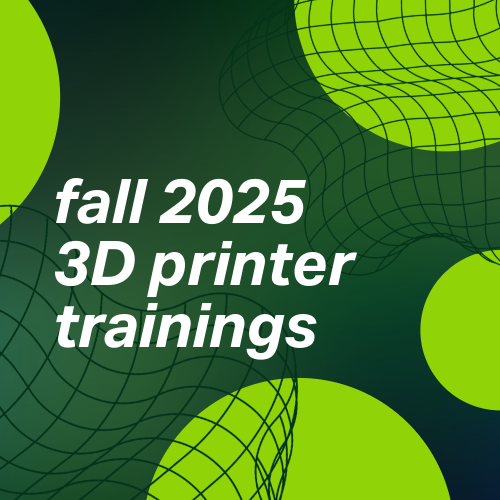Announcements
Announcements
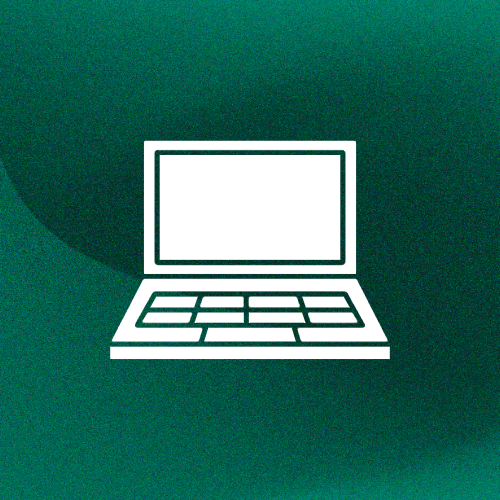
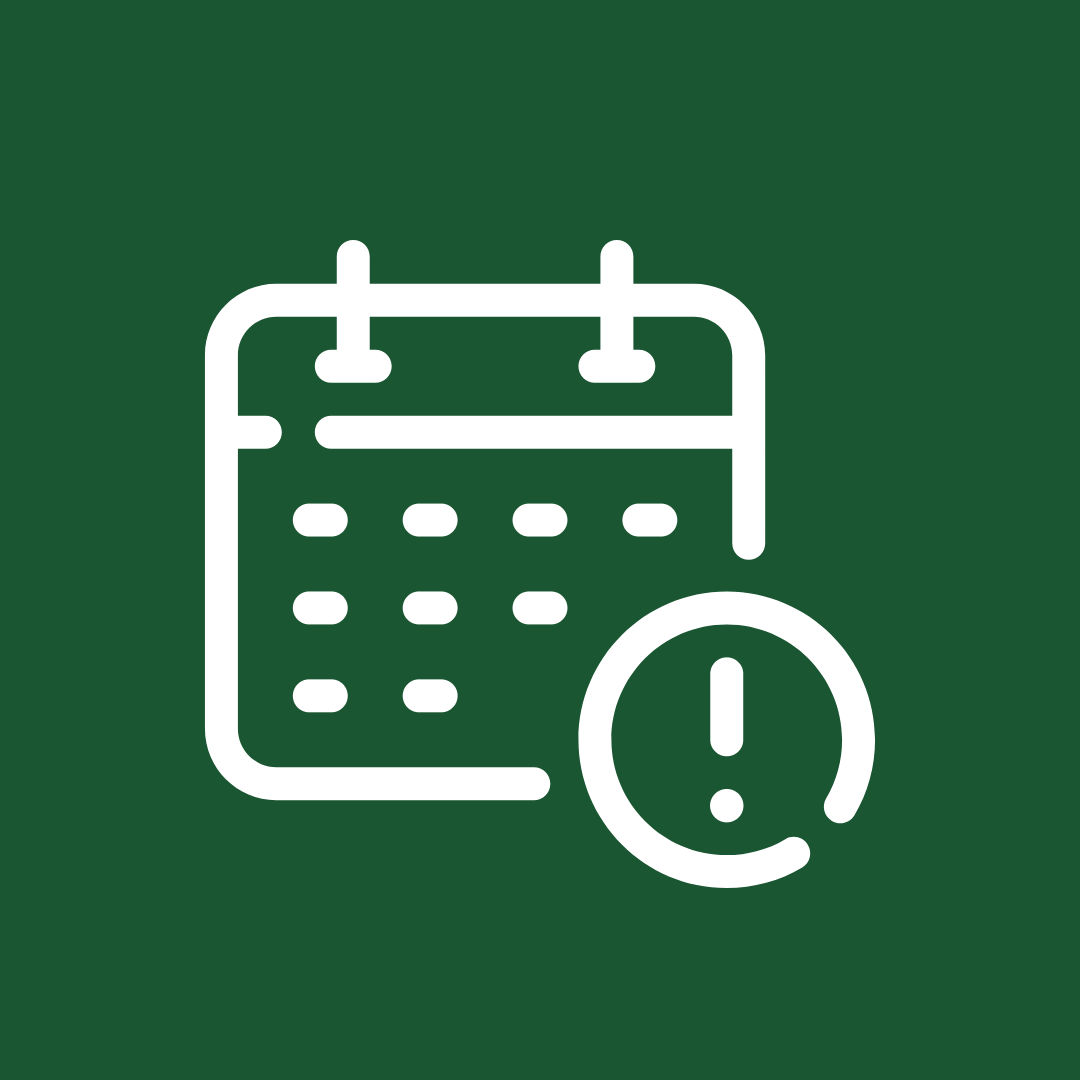
Many university libraries suspend their Interlibrary Loan (ILL) services during the holidays, making it difficult for us to fill our patrons’ requests.
For that reason, UAB Libraries will suspend our ILL services for borrowing between Saturday, December 20, 2025, and Friday, January 2, 2026.
During that time, new requests cannot be accepted, but previously requested materials may be picked up as usual, and previously requested photocopies will be e-mailed as usual.
Patrons may check the status of their requests at any time. Some requested materials may not arrive until after the new year.
We will resume normal ILL operations on Saturday, January 3, 2026. Thank you for your patience and cooperation.
- Details
- Category: Announcements
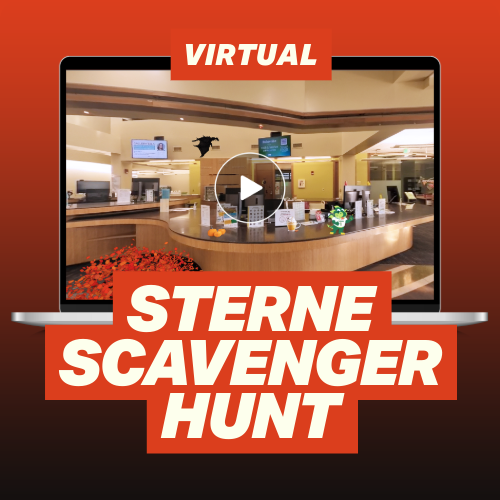
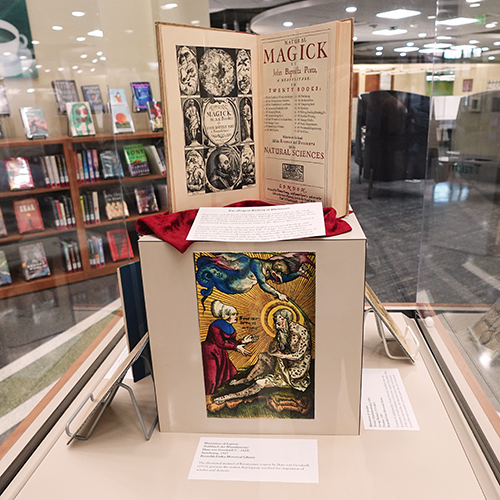

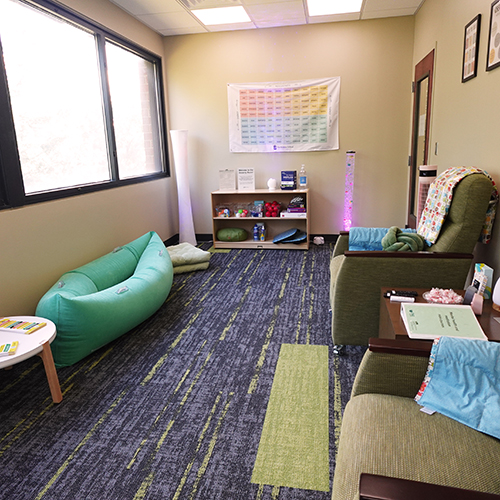
- Details
- Category: Announcements
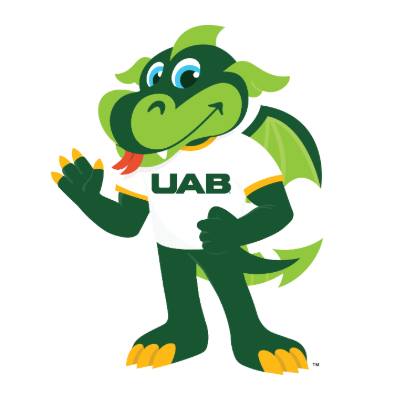
- Details
- Category: Announcements
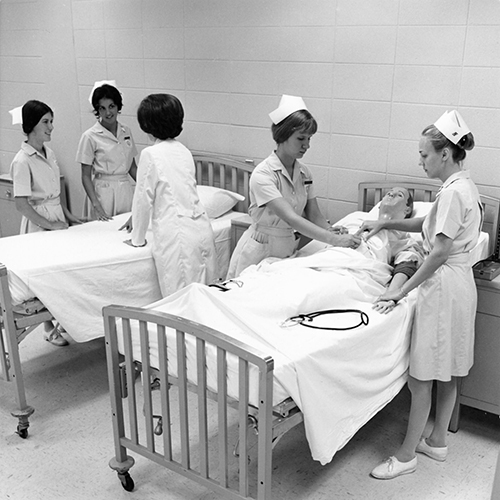
- Details
- Category: Announcements
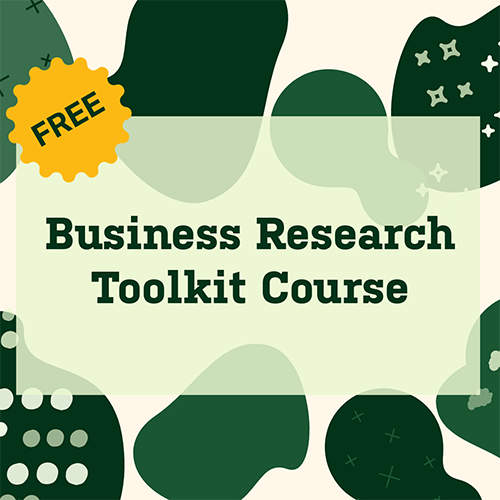

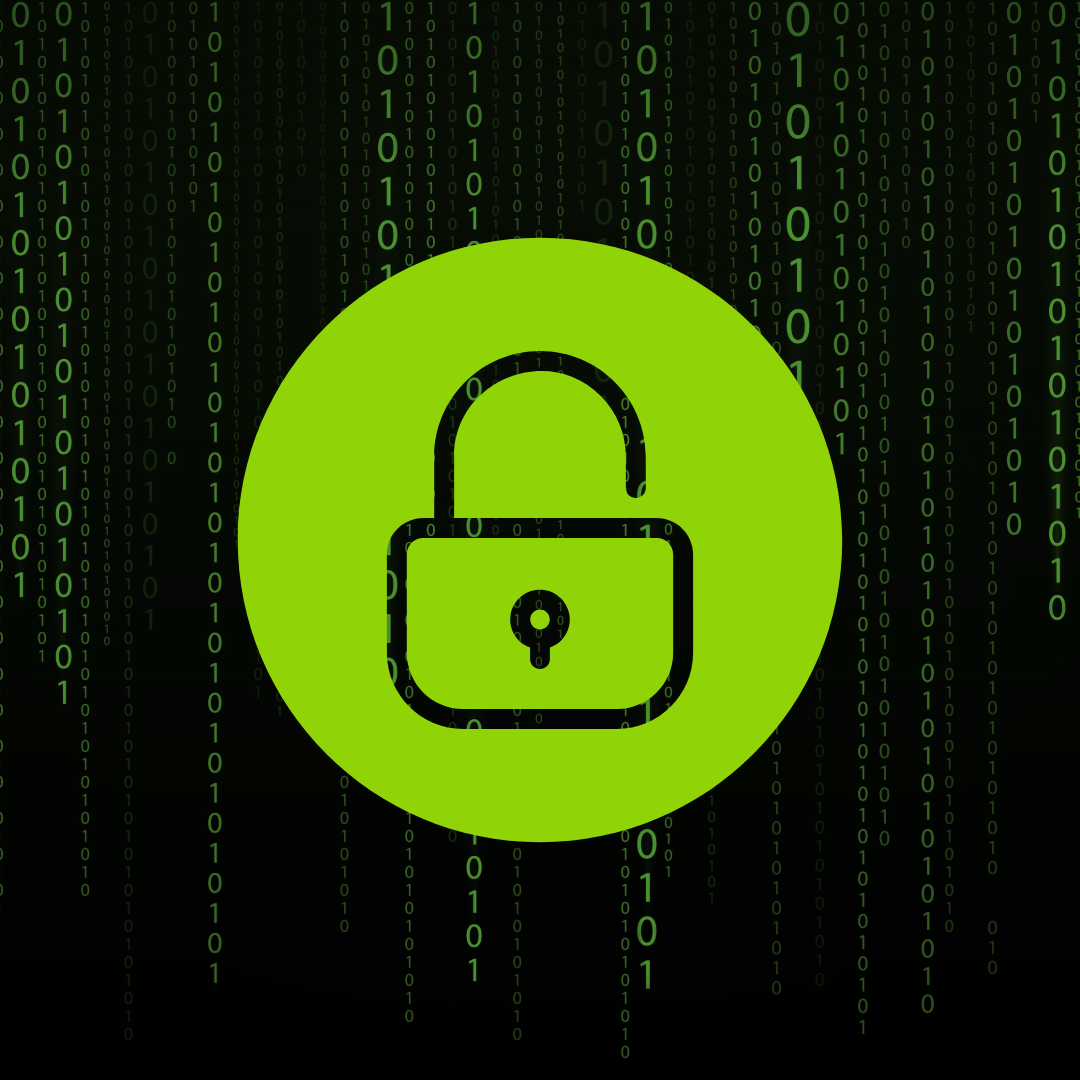
- New agreement with Cold Spring Harbor adds no-cost opportunities for UAB authors to publish open access
- Take a virtual 360-degree tour of the Pappas Gallery's current exhibit
- Start 3D printing on campus this summer with just a single 1.5-hour training session
- Sterne Library 1st floor to be partially inaccessible in May for carpet installation

